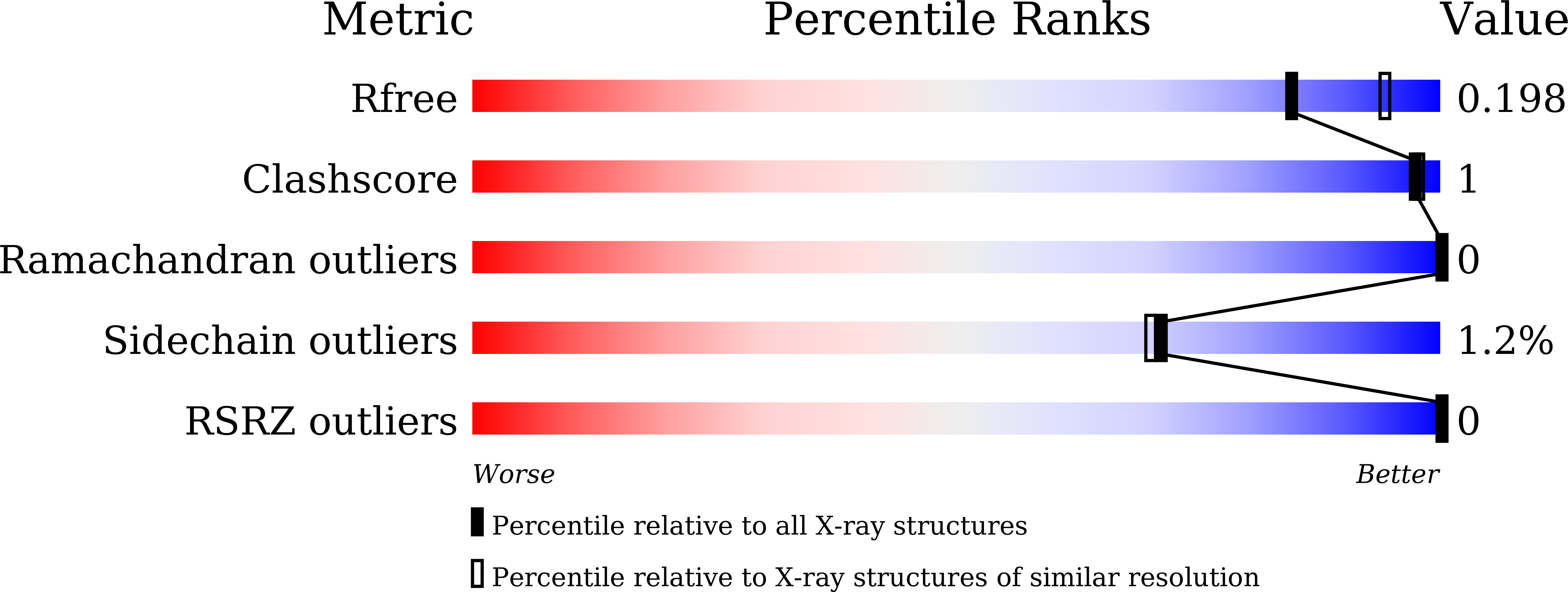
Deposition Date
2023-04-25
Release Date
2023-11-22
Last Version Date
2024-03-13
Entry Detail
PDB ID:
8J6E
Keywords:
Title:
Structure insights into the NADPH quinone oxidoreductase from Leishmania donovani
Biological Source:
Source Organism:
Leishmania donovani (Taxon ID: 5661)
Host Organism:
Method Details:
Experimental Method:
Resolution:
2.05 Å
R-Value Free:
0.19
R-Value Work:
0.16
R-Value Observed:
0.16
Space Group:
P 32 2 1


